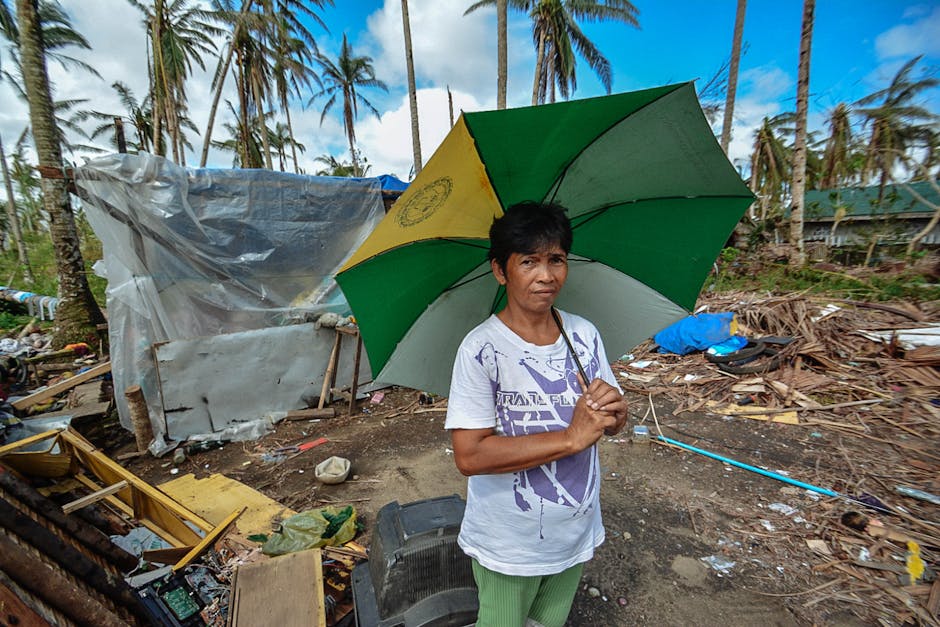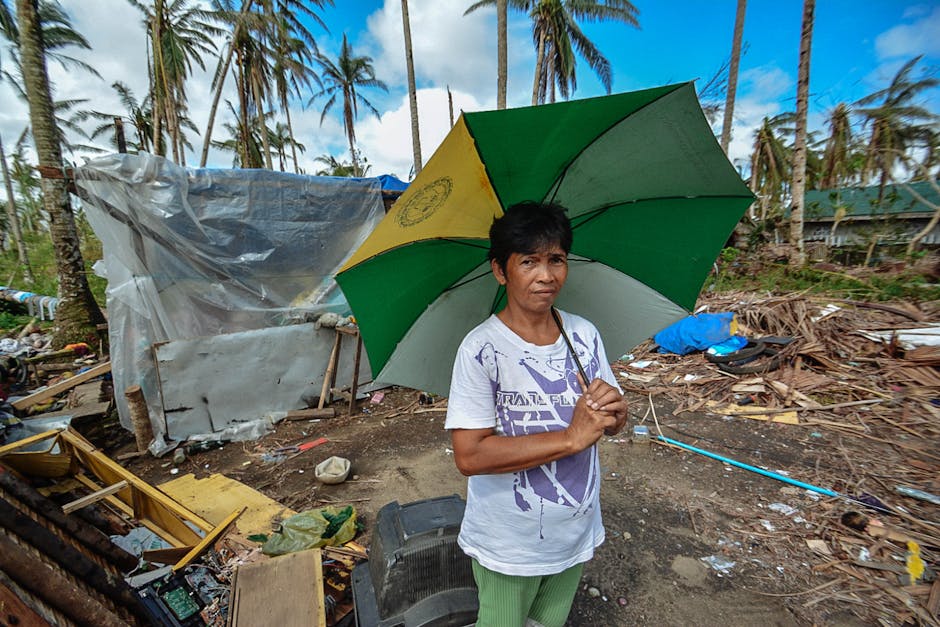Navigating FEMA Disaster Relief: A Comprehensive Guide for Survivors
Experiencing a natural disaster or major emergency can be devastating. The immediate aftermath is often filled with chaos and uncertainty, leaving survivors struggling to cope with loss and the daunting task of rebuilding their lives. The Federal Emergency Management Agency (FEMA) plays a crucial role in providing assistance during these difficult times, offering a lifeline to those affected by declared disasters.

This comprehensive guide will walk you through the intricacies of FEMA disaster relief, providing clear, concise information to help you navigate the process effectively and access the support you deserve.
Understanding FEMA’s Role in Disaster Relief
FEMA’s primary mission is to support citizens and first responders to build, sustain, and improve the capacity to prepare for, protect against, respond to, recover from, and mitigate all hazards.
When a president declares a major disaster or emergency, FEMA activates its resources to provide a range of assistance, including:
- Individual Assistance: This includes grants for temporary housing, home repairs, personal property replacement, and other disaster-related expenses.
- Public Assistance: This supports state, tribal, and local governments and certain private nonprofit organizations in recovering from the disaster.
- Hazard Mitigation: FEMA provides funding to help communities reduce their future vulnerability to disasters through mitigation projects.
- Crisis Counseling: FEMA partners with organizations to provide emotional and mental health support to disaster survivors.
Eligibility for FEMA Disaster Relief
Eligibility for FEMA assistance is determined based on several factors, including:

- The declared disaster: Assistance is only available for areas specifically designated by the president as a major disaster area.
- Damage to your property: You must demonstrate that your primary residence or personal property suffered damage as a direct result of the declared disaster.
- US Citizenship or Legal Residency: You must be a U.S. citizen, non-citizen national, or qualified alien.
It’s crucial to understand that FEMA assistance is not a guaranteed entitlement. Applications are reviewed on a case-by-case basis, and eligibility is determined based on the specific circumstances of each individual.
Applying for FEMA Disaster Relief
The application process for FEMA disaster relief has been streamlined to make it more accessible. You can apply in several ways:
- Online: This is the fastest and most convenient method. Visit DisasterAssistance.gov to begin your application.
- By phone: Call the FEMA Helpline at 1-800-621-FEMA (3362).
- By mail: You can download and complete a paper application and mail it to the appropriate address provided by FEMA.
Be prepared to provide necessary documentation, such as proof of identity, proof of residency, and evidence of damage. Keeping your documents organized will expedite the process.
Understanding Your FEMA Determination
After submitting your application, FEMA will review your request and issue a determination. This determination will specify the type and amount of assistance you are eligible to receive. Understanding the different types of assistance is crucial:
- Individual and Households Program (IHP): This is the primary source of assistance for individuals and families.
- Other Needs Assistance (ONA): This is for expenses not covered by other programs.
- Homeowner Assistance Programs: These programs aid in repairing or rebuilding homes.
- Rental Assistance Programs: These provide assistance with temporary housing.
Appealing a FEMA Decision
If you disagree with FEMA’s determination, you have the right to appeal. The appeal process involves submitting additional documentation or information to support your claim. It is essential to carefully follow the instructions provided by FEMA for the appeal process and submit your appeal within the specified time frame.

Additional Resources for Disaster Survivors
Beyond FEMA assistance, several other resources are available to disaster survivors. These include:
- The Small Business Administration (SBA): The SBA offers low-interest disaster loans to homeowners, renters, and businesses.
- The Red Cross: The Red Cross provides shelter, food, and other essential services to disaster victims.
- Local and State Governments: Many state and local governments offer additional support programs.
- Charities and Non-profit Organizations: Numerous charities and nonprofits offer assistance to disaster survivors.
Preparing for Future Disasters
While FEMA provides crucial assistance after a disaster, proactive preparation is essential. Developing a comprehensive disaster preparedness plan can significantly mitigate the impact of future events. This includes creating an emergency kit, developing an evacuation plan, and knowing your community’s emergency resources.
Conclusion
Navigating the FEMA disaster relief process can seem daunting, but understanding the eligibility requirements, application process, and available resources can significantly improve your chances of receiving the support you need. This guide provides a foundational understanding of the system and empowers survivors to advocate for themselves and rebuild their lives after a devastating disaster. Remember to seek additional assistance from the resources mentioned above and to stay informed about updates and changes in the FEMA system.

